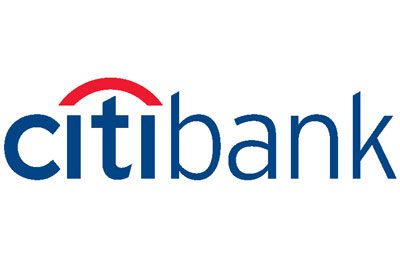Firms which succeed in implementing competitive strategy can gain competitive advantage: this latter improves the firm’s competitive position, creates a barrier to entry, and enables a firm to change its competitive stance in response to market changes. Two constructs appear significant at this strategic level. First, distinctive competence; this refers to activities which a firm does better than its competitors, but which require superior skills and resources. The latter are basically tangible assets such as the technology, the distribution network or superior resources; access to supply can also enhance the position. Distinctive competence can create barriers to imitation and help sustain competitive advantage; and superior skills and resources improve the firm’s position when they can lower costs (through scale economies, Continue reading
International Business Strategies
Case Study: Citibank’s Indian Business Model
Citigroup opened its first office in India in Kolkata (Calcutta) in 1902. With capital nearing US$ 1 billion it is the single largest foreign direct investor in the financial services industry in India. It has become one of India’s most diverse and recognized financial service providers operating through 40 branches of Citibank N.A. across 20 cities and through various finance companies operating directly/indirectly out of locations across the country. Citigroup India offers a complete range of corporate and investment banking services under the “Citigroup” brand name, consumer banking products and services under the “Citibank” banner and consumer finance under the “CitiFinancial” banner. Citigroup has a customer base of over 900 large corporate, over 22,000 small and medium enterprises and over Continue reading
Case Study: The Daewoo Group and the Asian Financial Crisis
In 1999, Daewoo Group Korea’s second largest chaebol, or family-owned conglomerate, collapse under $57 billion in debt and was forced to split into independent companies. The Asian financial crisis and its aftermath finally took its toll on the expansion-minded Daewoo and forced both Daewoo and the Korean government to decide how to dissolve the chaebol. Kim Woo-Choong started Daewoo in 1967 as a small textile company with only five employees and $10,000 in capital. In just 30 years, Mr. Kim had grown Daewoo into a diversified company with 250,000 employees worldwide as well as over 30 domestic companies and 300 overseas subsidiaries that generated sales of more than $100 billion annually. However, some estimated that Daewoo and its subcontractors employed Continue reading
Case Study: L’Oreal Marketing Strategies in India
Before the facial cosmetics, L’Oreal was known as a hair-color formula developed by French chemist Eugene Schueller in 1907. It was then known as”Aureole”. Schueller formulated and manufactured his own productswhich were sold to Parisian hairdressers. It was only in 1909 that Schueller registered his company as “Societe Francaise de Teintures Inoffensives pour Cheveus,”the future L’Oreal. Scheuller began exporting his products, which was then limited to hair-coloring products. There were 3 chemists employed in 1920. In 1950, the research teams increased to 100 and reached 1,000 by 1984. Today, research teams are numbered to 2,000 and are still expected to increase in the near future. Through agents and consignments, Scheuller further distributed his products in the United States of America, Continue reading
Case Study: Nestle’s Growth Strategy
Nestle is one of the oldest of all multinational businesses. The company was founded in Switzerland in 1866 by Heinrich Nestle, who established Nestle to distribute “milk food,” a type of infant food he had invented that was made from powdered milk, baked food, and sugar. From its very early days, the company looked to other countries for growth opportunities, establishing its first foreign offices in London in 1868. In 1905, the company merged with the Anglo-Swiss Condensed Milk, thereby broadening the company’s product line to include both condensed milk and infant formulas. Forced by Switzer land’s small size to look outside’ its borders for growth opportunities, Nestle established condensed milk and infant food processing plants in the United States Continue reading
Case Study: Starbucks Growth Strategy
In 1971, three academics, English Teacher Jerry Baldwin, History Teacher Zel Siegel and writer Gordon Bowker opened Starbucks Coffee, Tea and Spice in Touristy Pikes Place Market in Seattle. The three were inspired by entrepreneur Alfred Peet (whom they knew personally) to sell high-quality coffee beans and equipment. The store did not offer fresh brewed coffee by the cup, but tasting samples were sometimes available. Siegel will wore a grocers apron, scooped out beans for customers while the other two kept their day jobs but came by at lunch or after work to help out. The store was an immediate success, with sales exceeding expectations, partly because of interest stirred by the favorable article in Seattle Times. Starbucks ordered its Continue reading



